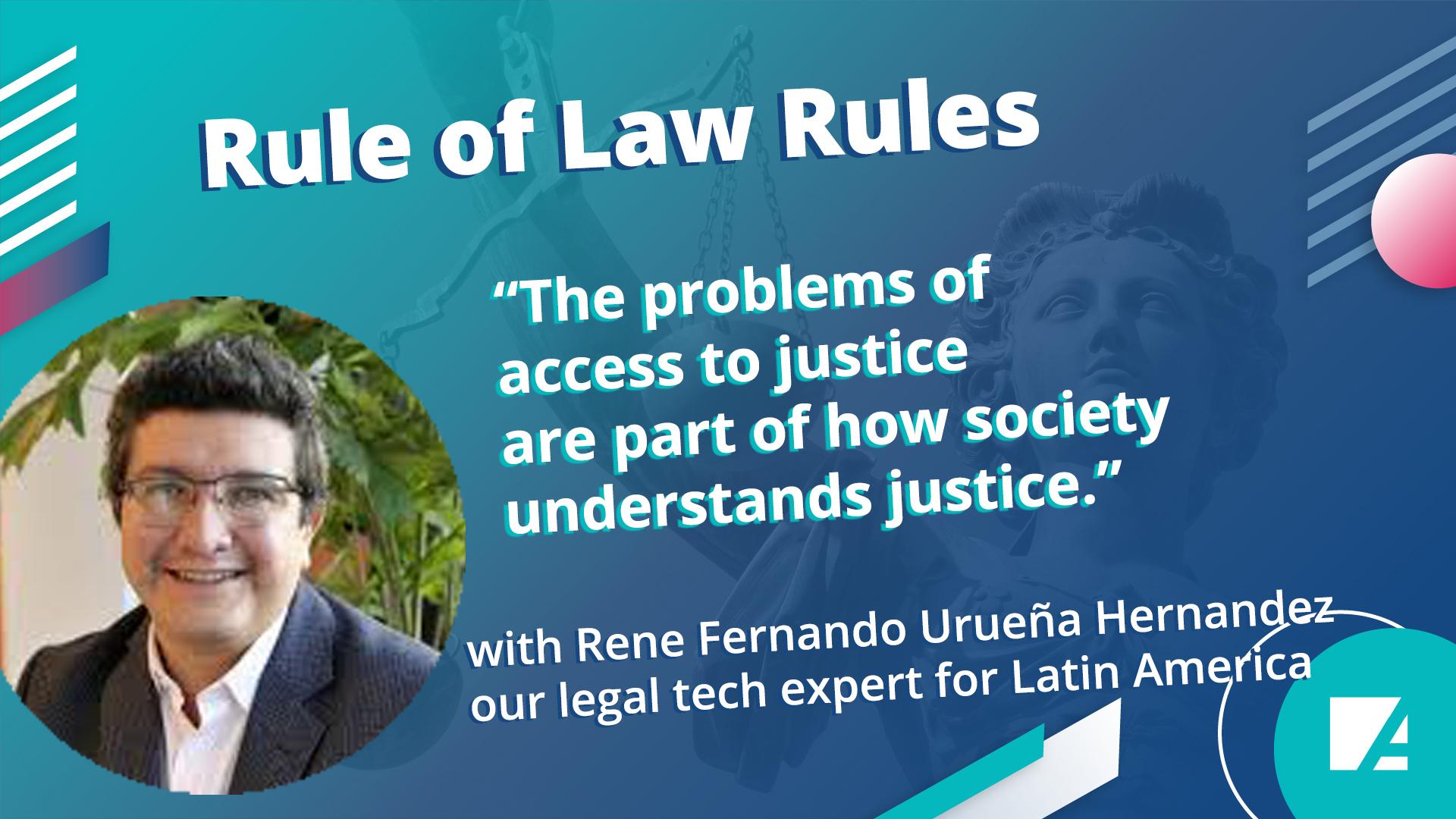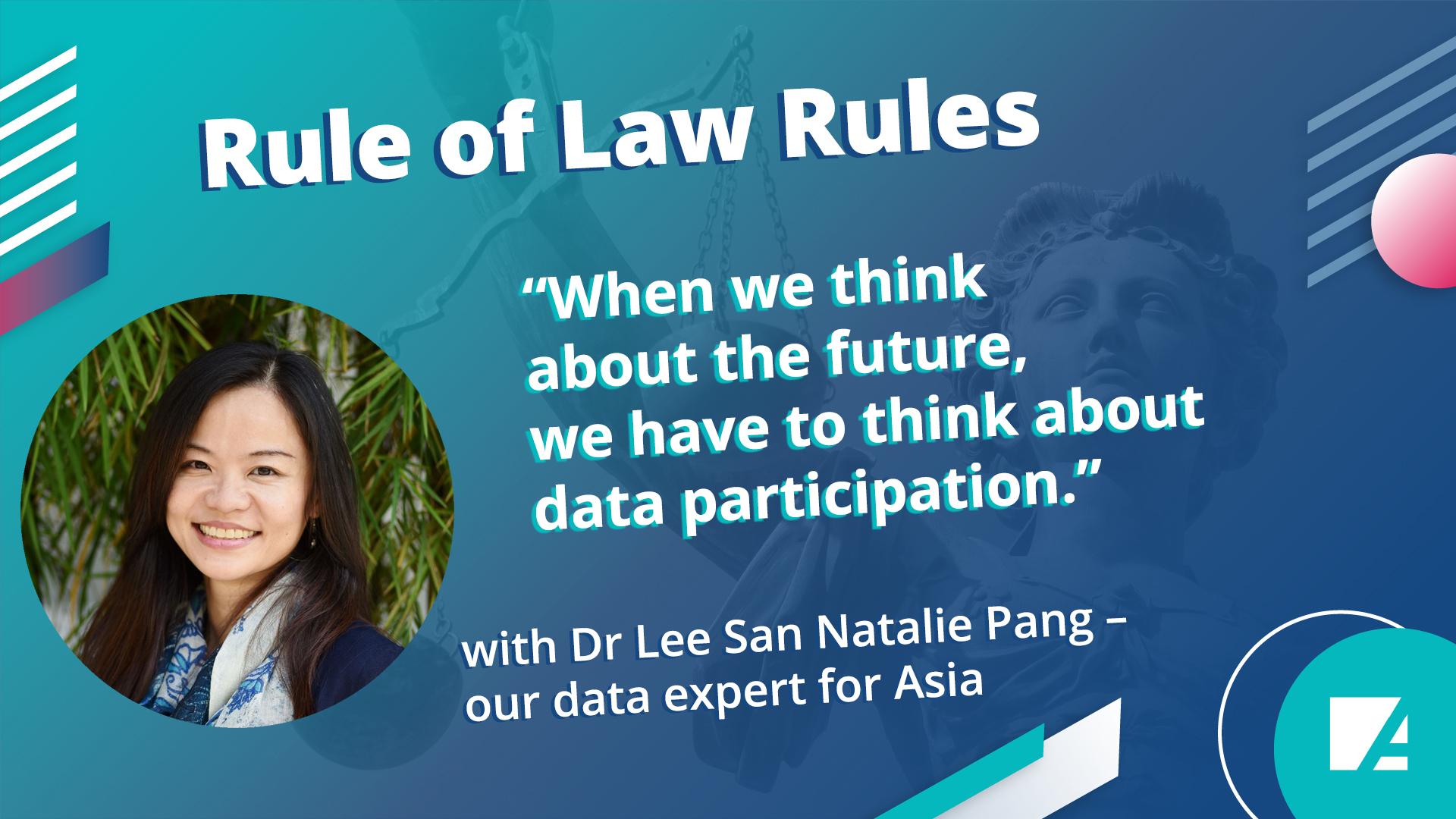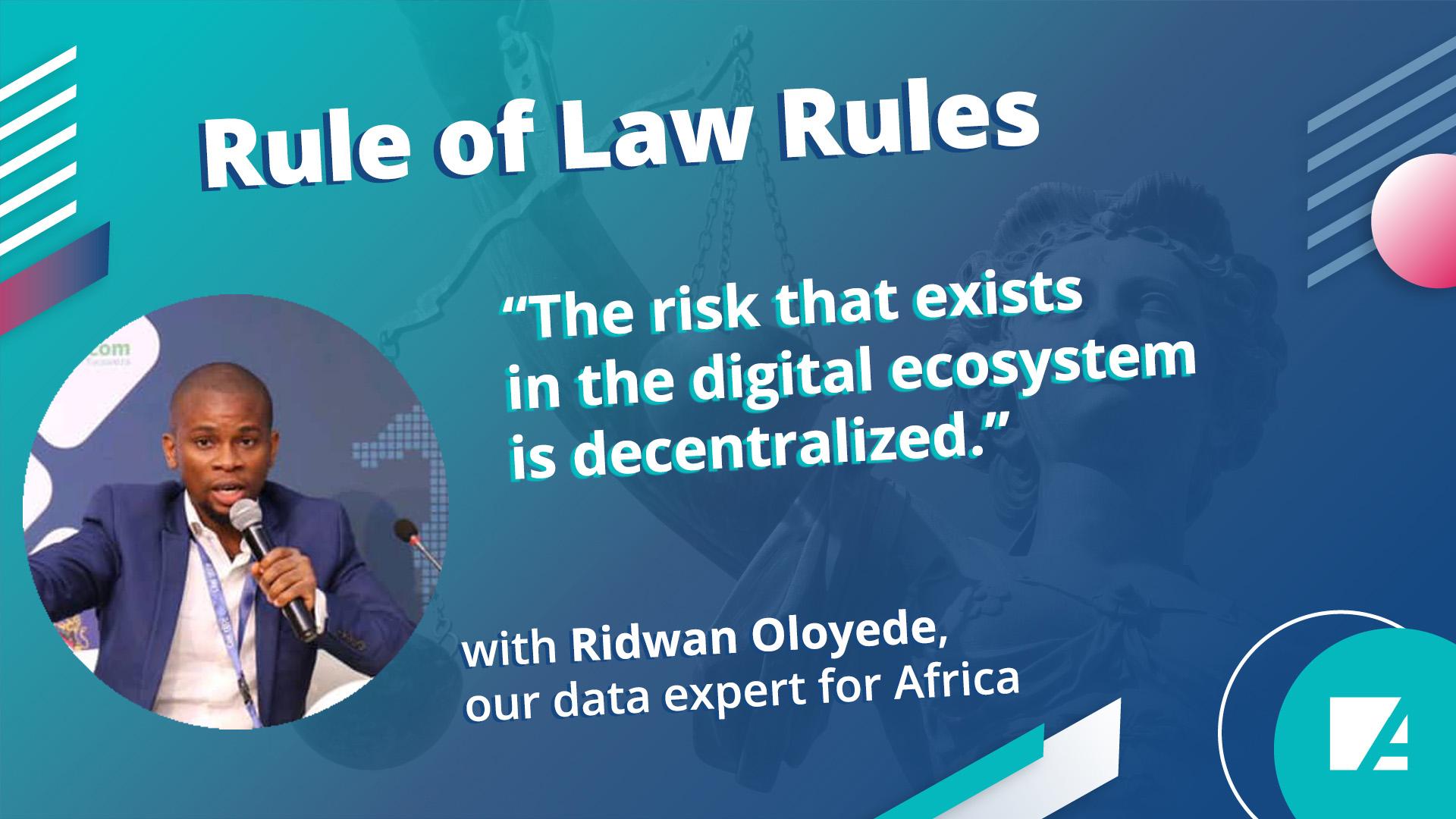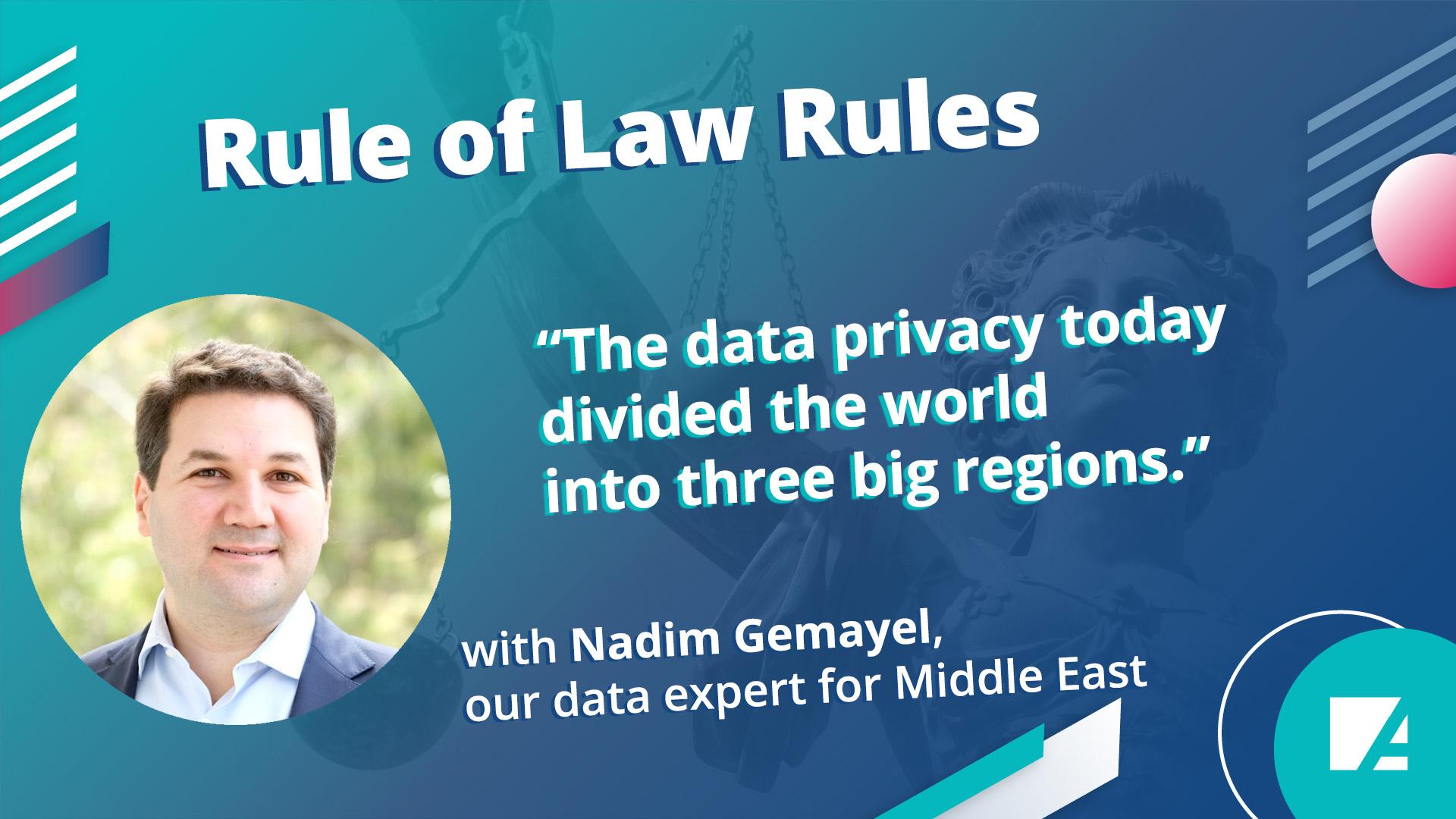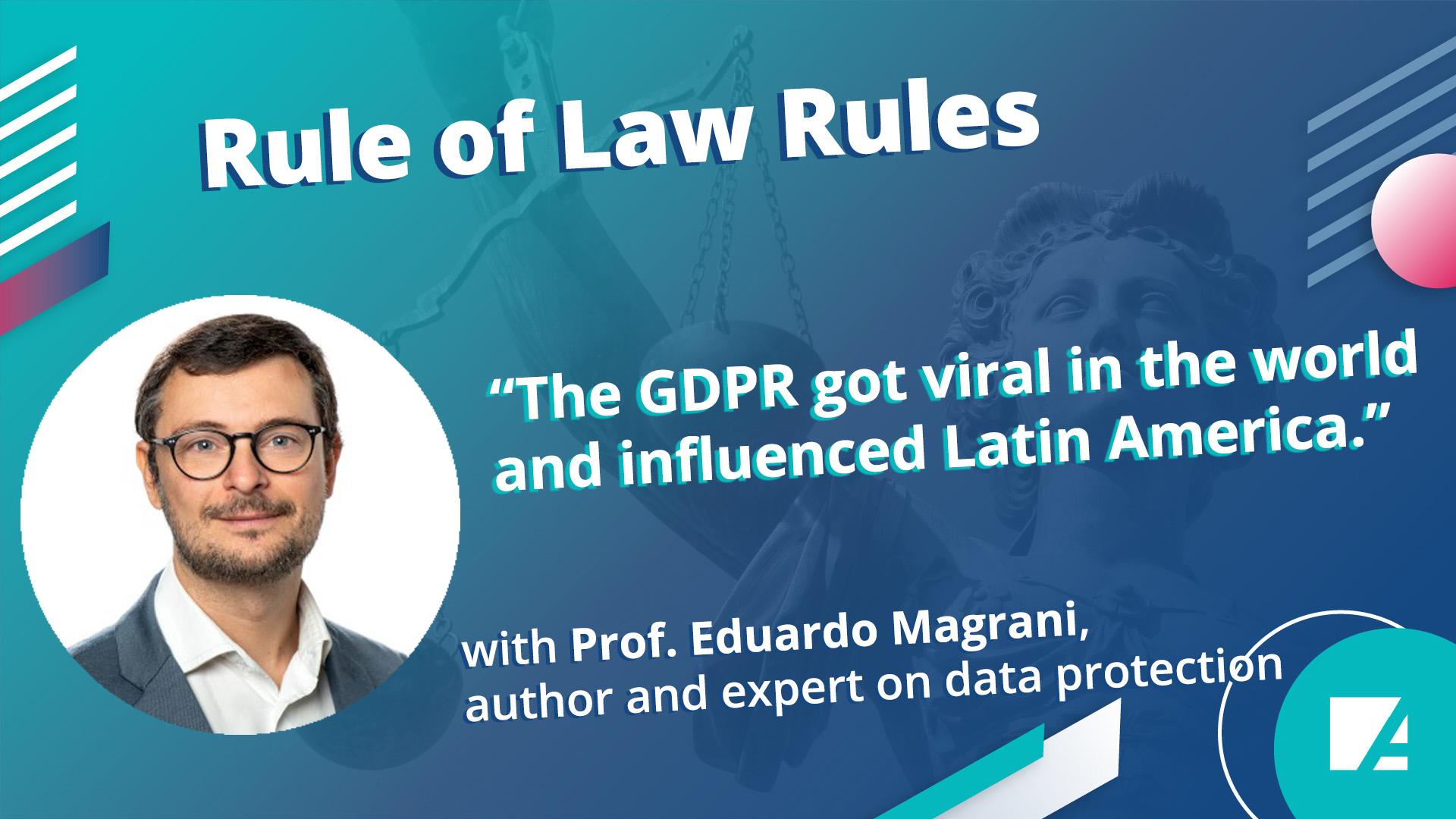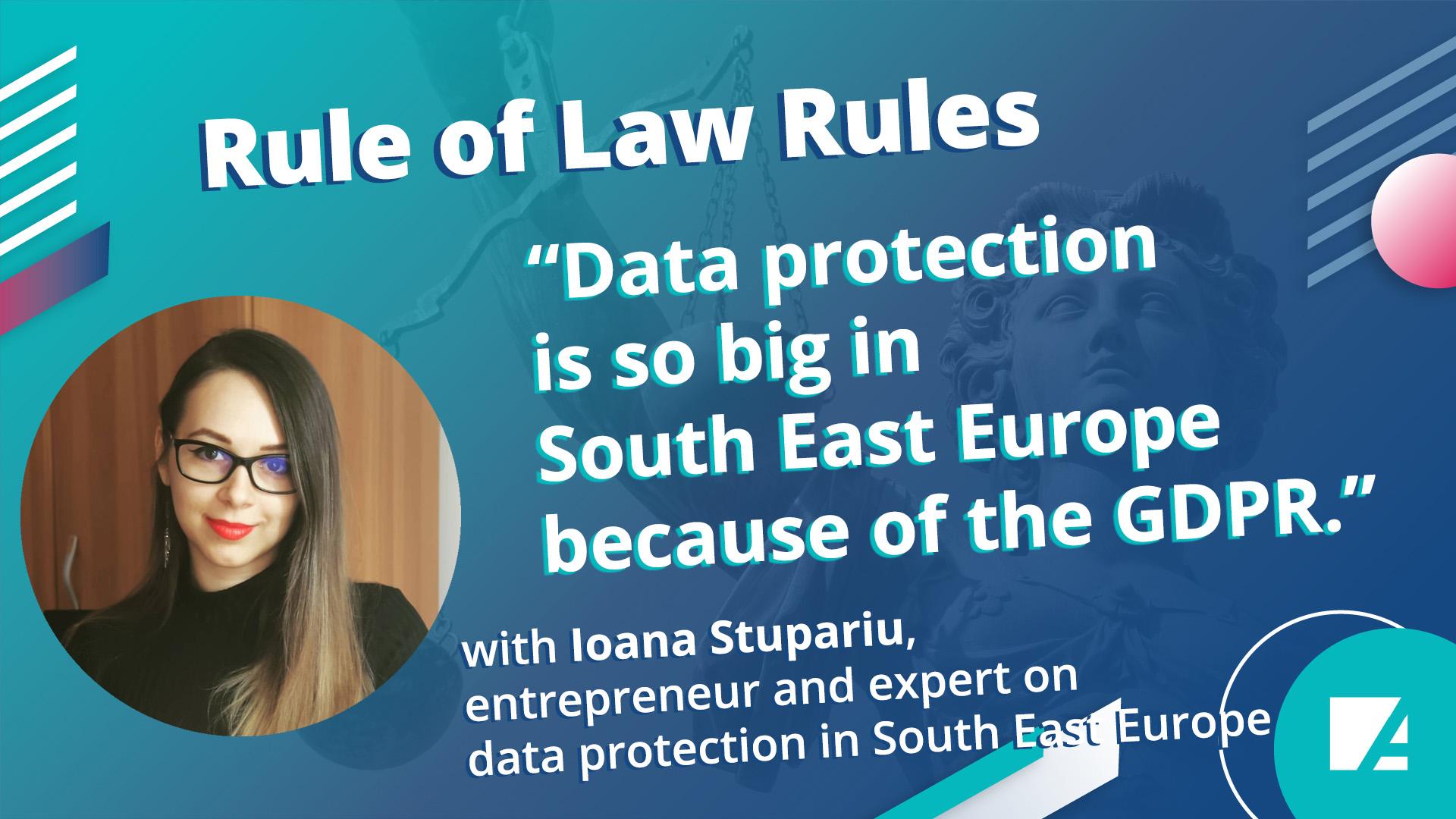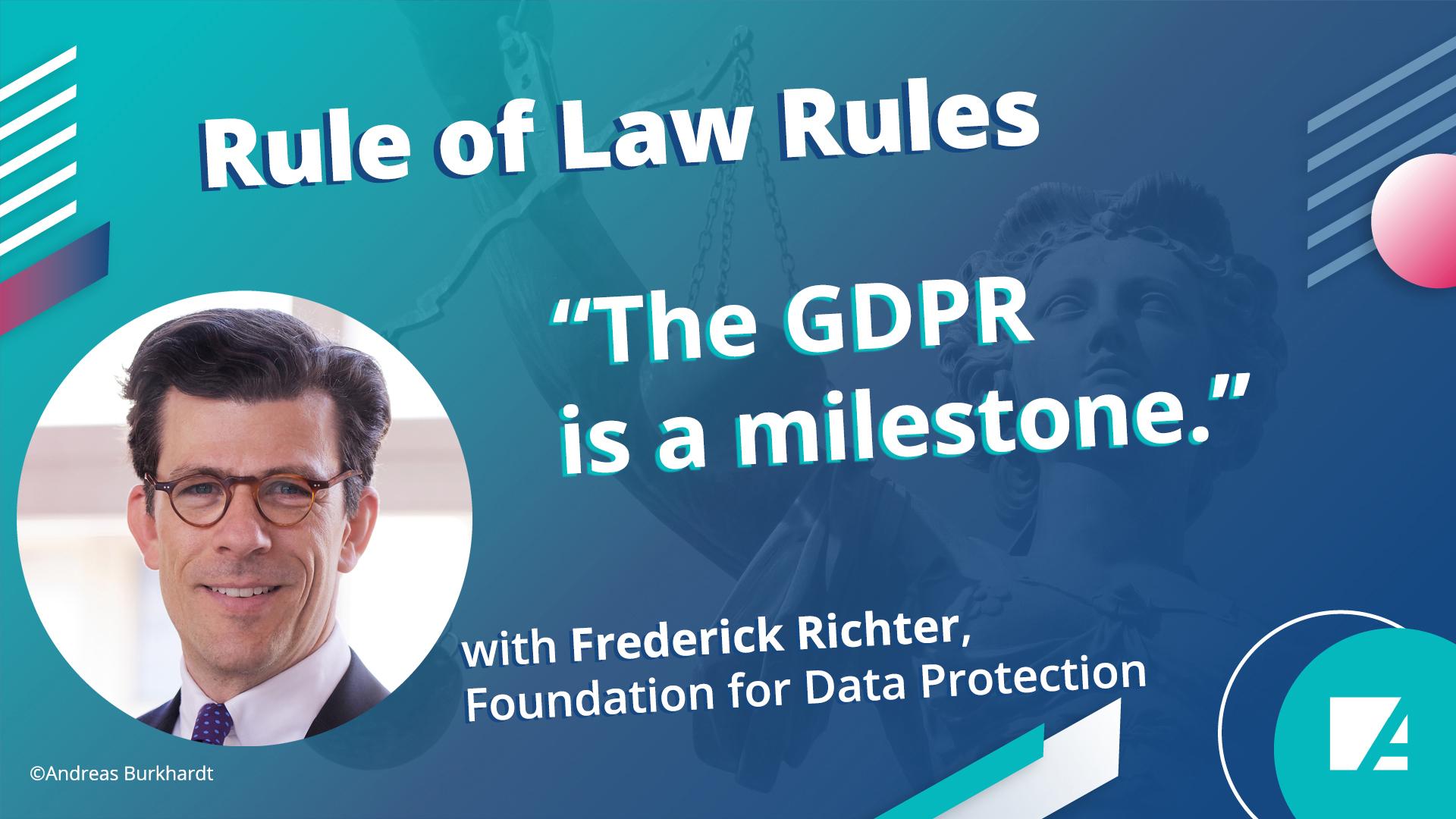The crypto markets are currently experiencing significant turbulence. The collapse of the second largest crypto exchange FTX, the massive drop in bitcoin value, low regulation and metaverses seeking meaning have caused a severe loss of confidence in the industry.[i] However, the blockchain technology does not seem to suffer any harm. Great potential is still ascribed to it.
Above all, the blockchain-based internet, the Web3, is considered a breeding ground for innovative applications, which are now also increasingly penetrating the area of climate protection. The negative climate image of blockchain technology should no longer stand in the way of this development. The second-largest cryptocurrency Ether recently made the switch to a low-CO2 emission mechanism. Energy consumption was thus reduced by approx. 99.95 per cent.[ii] The signal effect this has on further development and use of blockchain technology virtually rules out carbon-intensive approaches.
A key driver for using Web3 in climate protection is the increasing global climate regulation. Within the framework of the Paris Climate Agreement, its member states are required to tighten their climate targets every five years.[iii] A very important instrument for achieving the goals is carbon pricing, which is increasingly taking place through trading in carbon emissions. Meanwhile, climate regulation is also having an increasing impact on financial markets, also in the form of binding ESG disclosure requirements and taxonomies. International investors are therefore paying increasing attention to the climate impact of their investments.
This results in the need for companies to reduce expensive carbon emissions, but this is only possible to a certain extent in the short term. Companies are increasingly resorting to carbon credits to take the remaining carbon emissions also into account. These represent carbon reductions achieved from investments in climate protection projects. The current market volume for carbon credits of 1 billion US dollars could rise to 50 billion US dollars by 2030 in view of the increasing demand.[iv] The establishment of new and the expansion of existing trading centres for carbon credits in global financial centres such as New York, London, Hong Kong and Singapore confirm this trend. The importance of the market for carbon credits has increased considerably also in Germany.[v]
At present, however, it is questionable whether the carbon credit markets can cope with the increasing demand. They are characterised by complexity, fragmentation, inefficiency and lack of transparency.[vi] A recently published study by a network of journalists also questions the climate effectiveness of numerous rainforest protection programmes in the Amazon region and the carbon credits generated from them.[vii] All of this could have a dampening effect on international climate protection. Against this background, Web3 entrepreneurs have begun to develop blockchain-based applications that map the quality, quantity and diversity of carbon credits in a secure, transparent and traceable way. This could open up completely new possibilities for international climate financing.
Voluntary carbon markets
Carbon credits are offered and traded on voluntary carbon markets. Contrary to the mandatory carbon markets such as European emissions trading, there are no central government institutions or authorities that coordinate and regulate issuing and trading of carbon certificates.
In the voluntary carbon markets, carbon certificates (carbon offsets) result from climate protection projects such as construction of wind farms that avoid carbon emissions, or reforestation programmes that remove carbon from the atmosphere. The projects are evaluated and certified for climate effectiveness by independent organisations, such as Verra or Gold Standard, according to fixed standards. The project developers receive the certificates, which they can then sell as carbon credits to help finance the project. One carbon credit usually represents one tonne of carbon avoided or removed from the atmosphere.
Today, most carbon credits are generated from renewable energy projects such as wind power and solar fields in India and China. Reforestation projects, on the other hand, are mainly found in Brazil and Indonesia.[viii] The largest trading platforms for carbon credits currently include the Carbon Trade Exchange and Xpansive.[ix] Carbon credits are bought by companies such as Delta Air Lines, BP or Volkswagen, among others.[x]
The voluntary carbon markets are characterised by a large number of actors such as project developers, certification organisations, companies demanding carbon credits and intermediaries. As a result, they are highly fragmented by actor and project diversity. Usually, companies that want to purchase carbon credits have to approach intermediaries or project developers directly. Efficient pricing for carbon credits via a transparent market is thus hardly possible.[xi]
In addition, carbon credits have characteristics such as duration, location and underlying certification standards that make it difficult to compare the actual projects behind them. This results in a risk for the traceability of the corresponding projects, which could ultimately end in double counting of CO2 emissions. The discourse surrounding the question of suitability of certification criteria as well as the recording, reporting and verification of CO2 emissions is closely related to this risk. In this context, companies repeatedly face the accusation of greenwashing. They are faced with the challenge of presenting suitable certification for their carbon credits in order to avoid their reputation to be compromised, which is not easy in view of the numerous providers in the field.[xii]
At multilateral level, Article 6 of the Paris Climate Agreement could provide clarity on this issue.[xiii] An important step has already been taken with the Rule Book, which was developed at COP26 in Glasgow in 2021. It sets out corresponding criteria for the assessment of carbon emissions traded between nations. Even if the details are still pending, it is to be expected that the certification organisations on the voluntary CO2 markets will be guided by it in order to remain credible. Ultimately, this could lead to a uniform global reference framework that forms a common future basis for mandatory and voluntary carbon markets.
Tokenisation of carbon credits
New Web3 applications pursue the goal of counteracting the complexity in the voluntary carbon markets. The starting point for this is the digital mapping (tokenisation) of carbon credits on a blockchain. This allows anyone – individuals, companies, investors – with a crypto account (wallet) to buy, sell or even have them retire. The suppliers and demanders can thus trade directly without price-distorting instances such as intermediaries. The tokenised carbon credits can be bought and sold via central crypto trading exchange Binance or Coinbase. This in turn makes it easier for project developers to obtain capital for climate protection projects and can thus increase the overall supply of carbon credits.
The tokenised carbon credits contain all information on the underlying carbon-avoiding or carbon-extracting projects. They are unchangeable, traceable and transparent at all times. Double counting of certified carbon emissions can thus be virtually ruled out. On the basis of tokenised carbon credits, improvements can then also be made to the comparability of the climate protection projects behind them. For example, project-specific tokenised carbon credits can be placed in pools with common characteristics (e.g. location, time period, reforestation, forest protection, carbon avoidance or removal). New tokens are then generated from this pool, but they are then comparable and interchangeable. Other developments such as dynamic pooling also show that many innovations can still be expected, in particular in this area.[xiv]
Another challenge in the voluntary carbon markets is liquidity. There are often not enough financial resources to carry out major trading transactions between suppliers and demanders of carbon credits. On the Web3, “Decentralised Finance (DeFi)” markets can be used for this purpose. Liquidity is provided there via Automated Market Makers (AMMs). AMMs are computer programmes or smart contracts that reward other market participants for providing liquidity. In addition, there are no longer any central instances such as banks or trading platforms in Defi. Suppliers and demanders trade directly with each other, with a minimum of transaction costs being achieved.[xv]
Based on the Defi markets, a direct link between tokenised carbon credits and cryptocurrencies is also emerging. The organisation KlimaDao is a key pioneer for this. It uses a shopping basket filled with tokenised carbon credits. On this basis, it issues a cryptocurrency called Klima, which in turn is traded on crypto exchanges. Klimas are a reserve currency backed by tokenised carbon credits. One Klima is equivalent to one tokenised carbon credit and thus one tonne of CO2 actually reduced or removed from the atmosphere. The more Klimas are bought on the crypto market, the more tokenised carbon credits are added to the basket. KlimaDao also provides liquidity through AMMs with its cryptocurrency and generates further income in this way. The interactions between crypto markets and voluntary carbon markets are expected to continue to grow. First players such as KumoDAO are experimenting with the generation of carbon credit stablecoins. In other words, tradable tokenised carbon credits backed by real currencies such as the US dollar.
However, the tokenisation of carbon credits also raises entirely new questions for the voluntary CO2 markets. A first impression of this is given by the tokenisation ban for retired carbon credits of the certification organisation Verra.[xvi] This was a bitter setback for the Web3 company Toucan Protocol, which has tokenised almost 22 million credits (about 4 percent of all Verra credits).[xvii] Verra justifies its ban by stating that the retired carbon credits in its registry can continue to be used as carbon tokens in Web3 for trading or CO2 credits. This could lead to confusion and undermine the transparency of their certification. However, a solution to the problem is already emerging in the way that Verra may use the term “immobilized” in its registry to make their continued use in Web3 clear. In Web3, on the other hand, two way solutions are being worked on. According to this, tokenised carbon credits should also be able to be converted back.
Another problem concerns the tokenisation of old carbon credits (“zombie credits”).[xviii] These are often mapping climate protection projects whose carbon credits were never in demand. This can sometimes be due to the fact that their climate effectiveness was already considered untrustworthy back then. However, if these are now tokenised and ultimately used by companies as CO2 compensation, the question arises as to where there is any added climate value of the tokenisation. The first Web3 companies have therefore started to raise their standards in tokenising carbon credits.
Financial markets are watching all these developments closely. After all, for them, tokenised carbon credits are not only a means to meet corporate climate targets or ESG disclosure obligations, but also a speculative investment and investment assets.
Digital climate data
The growing demand for carbon credits is accompanied by a growing demand for reliable data on the climate effectiveness of the climate protection projects behind them. The trust that blockchain-based Web3 applications bring to voluntary carbon markets is only as good as the climate data previously collected. Even the best Web3 applications are of no use if these are not of convincing quality.
Against this background, “digital Measurement, Reporting, and Verification” (dMRV) is becoming increasingly important. Precise technologies are already available for climate protection projects that promote the expansion of renewable energies. Electricity supply of wind farms or solar fields can be recorded and made available virtually in real time using smart meter devices. The data is reliable and can be used to precisely calculate carbon avoidance.
In the area of nature-based climate protection projects such as afforestation of forests or mangrove areas, on the other hand, it is more difficult. Until now, this has required the individual collection of data by specialised experts on site. However, the use of technologies from the world of the Internet-of-Things, which connects the real world with the digital world, can now simplify this process. Regular correlation and evaluation of satellite images and direct local recordings of climate protection projects is a promising approach. Using artificial intelligence systems can also help scale up from smaller samples taken by ecologists in the field on climate effectiveness, which contributes to reduce the cost of certification. Mapping climate data on a blockchain also ensures that this data can be verified by external experts at any time.
A separate form of companies (oracles) has formed in the web3 or blockchain world that specialises in transferring data from the real world to blockchain applications. So far, the focus has been less on climate and natural data. But that is now changing with the increasing demand for carbon credits. Companies such as Chainlink, dclimate or Hyphen have already recognised this as new business areas. The technical possibilities that these companies provide from the interaction of artificial intelligence, the Internet-of-Things world and blockchain technology increase the quality of the data and reduce the costs of certifying climate protection projects.
Players, DAOs und Refi
The number of organisations and initiatives developing web3 technologies for voluntary CO2 markets is growing at a rapid pace.[xix] Most of these players can be counted as part of the Regenerative Finance (Refi) movement. It is a non-formalised decentralised network whose members aim to use blockchain financial applications to combat climate change and promote nature conservation. The ultimate goal is helping in environmental restoration. This network is becoming more and more visible to the public. Most recently at the COP27 in Egypt.[xx]
The Decentralised Autonymous Organisation (DAO) is a popular form of organisation in the Refi network or on the web3 as a whole. DAOs now exist for a wide variety of purposes. They are a form of organisation in the world of blockchain.[xxi] Coordination in the DAO takes place via a protocol that specifies voting rules and ensures their compliance. There are no hierarchies. Members receive co-determination rights via tokens. A DAO can also issue its own cryptocurrency to raise funds for its goals, such as climate protection.
Well-known players in the Refi ecosystem include Celo, Algorand, Ethereum or Polygon, which provide climate-neutral and in some cases even CO2-negative blockchain infrastructures for more advanced web3 applications. In the area of tokenisation of existing carbon credits, the Toucan Protocol is one of the best known. A large part of its carbon tokens come from renewable energy projects. The Brazilian company MOSS, on the other hand, has focused on tokenising carbon credits from forest conservation and reforestation projects in the Amazon region.
Other players, such as Nori, generate tokenised carbon credits that promote CO2-extracting practices in agriculture. In addition, proprietary web3 based trading platforms for carbon tokens are emerging, such as the initiative Senken. The Open Forest Protocol specialises in blockchain-based digital climate data collection. Players such as the Ivy Protocol and Solid World Dao, on the other hand, want to enable the risky early financing of climate protection projects with corresponding tokens.
The Chia Network, together with the World Bank, has launched a global registry for carbon credits to counter the fragmentation of carbon markets. The register – Climate Action Data Trust (CAD) – is operated by governments and non-governmental organisations on a blockchain.
The Refi network shows that it is now possible to work decentrally from anywhere in the world towards similar goals. The degree of social networking thus leads to completely new speeds in upscaling of innovative climate business models.
Outlook
The development of innovative Web3 applications to overcome the numerous challenges that the voluntary carbon markets are facing today holds great potential to improve the financing of climate protection projects worldwide. Ultimately, this will create new opportunities for the private sector and global financial markets to become more involved in climate protection in the long term.
One of the biggest challenges in this area, however, is getting companies that need carbon credits to achieve their climate goals to use the tokenised carbon credits. On the demand side, the blockchain infrastructure in the form of corporate wallets, special insurance companies or crypto-capable banks that can process financial transactions with carbon tokens is still lacking in many cases.
Moreover, it remains to be seen to what extent the Web3 applications will succeed in adapting to the previous market structures or in gaining acceptance. The central question is whether the certification organisations themselves will map their certifications onto a blockchain in the future. On the other hand, there will probably be more players in the Refi network, who take care of the certifications themselves. Further debates on the quality of certification standards are to be expected. The design of Article 6 of the Paris Climate Agreement and the development of dMRV technologies are likely to influence this process.
The increasing tokenisation of carbon credits and the use of crypto markets to manage the corresponding trades will also increase the pressure to implement regulatory measures. The integration of tokenised carbon credits into crypto markets could require additional regulation, including MRV of CO2 emissions. This aspect could become important especially for financial markets looking for new climate-friendly investment opportunities.
Web3 will still have to overcome many hurdles in climate protection before it is accepted as an established technology. However, its disruptive potential could accelerate this process considerably. Political tailwind in the form of expected tightening of global climate targets is certain for Web3.
--------------------------------------------------------------------------------
[i] Mark, Julian und De Vynck, Gerrit (18.12.22): ‘Crypto winter’ has come. And it’s looking more like an ice age, The Washington Post, https://www.washingtonpost.com/business/2022/12/18/crypto-winter-ftx-collapse-bitcoin-prices/ [17.01.23].
[ii] The Merge | ethereum.org [17.01.2023].
[iii] UNFCCC (17.01.2022): Pariser Klimaabkommen, https://unfccc.int/process-and-meetings/the-paris-agreement/the-paris-agreement [17.01.2023].
[iv] Blaufelder, Christopher; Levy, Cindy; Mannion, Peter and Pinner, Dickon (29.01.2021): A blueprint for scaling voluntary carbon markets to meet the climate challenge, https://www.mckinsey.com/capabilities/sustainability/our-insights/a-blueprint-for-scaling-voluntary-carbon-markets-to-meet-the-climate-challenge [17.01.2023].
[v] Machnik, Denis; Schambil, Katrin; Tänzler, Dennis; Götz, Markus and Meierhofer, Fanny (5.2022): Information Paper on the analysis of the German Voluntary Offsetting market 2021, Publisher Umweltbundesamt, https://www.umweltbundesamt.de/sites/default/files/medien/479/publikationen/cc_23-2022_information_paper_on_the_analysis_of_the_german_voluntary_offsetting_market_2021.pdf [29.01.2023].
[vi] Bjarnason, Casper (21.12.2022): Crypto and Carbon Markets, Medium, https://medium.com/@casperbjarnason/crypto-and-carbon-markets-35214440a0f4[17.01.2023].
[vii] L, Jennifer (18.01.2023): Do Deforestation Projects Really Reduce Carbon?, Carbon Credits, https://carboncredits.com/deforestation-projects-reduce-carbon/?no_cache=1674074326 [19.01.2023].
[viii] The Voluntary Carbon Market Dashboard (05.2022): Registrations and Credit Issuance, Credits issued by type, Seite 3, https://climatefocus.com/initiatives/voluntary-carbon-market-dashboard/ [17.01.2023].
[ix] Kilgore, Georgette (13.10.2022): 6 Carbon Credit Exchanges (and Why Number 4 is the Best), 8billiontrees.com, https://8billiontrees.com/carbon-offsets-credits/carbon-credit-exhange/ [17.01.2023].
[x] Rathi, Akshat; White, Natasha and Pogkas, Demetrios (21.11.2022): Junk Carbon Offsets Are What Make
These Big Companies ‘Carbon Neutral’, Bloomberg, https://www.bloomberg.com/graphics/2022-carbon-offsets-renewable-energy/?leadSource=uverify%20wall [18.01.2023].
[xi] Miltenberger, Oliver; Jospe, Christophe and Pittman, James (14.10.2021): The Good Is Never Perfect: Why the Current Flaws of Voluntary Carbon Markets Are Services, Not Barriers to Successful Climate Change Action, frontiers, https://www.frontiersin.org/articles/10.3389/fclim.2021.686516/full [17.01.2023].
[xii] Murphy, Jazmin (09.11.2022): Top 7 Carbon Certification Programs that Don’t Allow Greenwashing, 8biliontrees, https://8billiontrees.com/carbon-offsets-credits/best-programs-providers-companies-2021/neutral-certification-companies/ [18.01.2022].
[xiii] Klaczynska-Lewis, Kasia; Malwina, Burzec; Waslicka, Ewa (08.11.2022): Carbon credit rights under the Paris Agreement, EY/Gold Standard, https://assets.ey.com/content/dam/ey-sites/ey-com/pl_pl/noindex/2022/ey_carbon_credit_rights_under_the_paris_agreement_november_2022.pdf [17.01.2023].
[xiv] Dry, Adam (1.12.2022): Carbon Credit Dynamic Pooling – What is it?, thallo.io, https://www.thallo.io/dynamic-pooling/ [17.01.2023].
[xv] International Monetary Fund (2022): Global Financial Stability Report—Shockwaves
from the War in Ukraine Test the Financial System’s Resilience, https://www.imf.org/en/Publications/GFSR/Issues/2022/04/19/global-financial-stability-report-april-2022#Chapter-3:-The-Rapid-Growth-of-Fintech:-Vulnerabilities-and-Challenges-for-Financial-Stability, S.80 (Figure 3.12), [17.01.2023].
[xvi] Verra (25.05.2022): Verra Addresses Crypto Instruments and Tokens, https://verra.org/verra-addresses-crypto-instruments-and-tokens/ [17.01.2023].
[xvii] Mulder, Brandon (25.05.2022): As Verra halts tokenization of carbon credits, Toucan vows to 'keep Web3 ethos alive', spglobal, https://www.spglobal.com/commodityinsights/en/market-insights/latest-news/energy-transition/052522-as-verra-halts-tokenization-of-carbon-credits-toucan-vows-to-keep-web3-ethos-alive [17.01.2023].
[xviii] Badngley, Grayson and Cullenward, Danny (07.04.2022): Zombies on the blockchain, carbonplan, https://carbonplan.org/research/toucan-crypto-offsets [17.01.2023].
[xix] Particula (17.01.2023): Tokenization of Carbon: Holistic Issuer and Community Overview, Medium, https://medium.com/@PARTICULA.earth/tokenization-of-carbon-holistic-issuer-and-community-overview-de0249e31eae [17.01.2023].
[xx] Linggih, Nura and Bryant, Monty (11.11.2022): ReFi Roundup #41: COP27 & Optimism in ReFi, refidao, https://blog.refidao.com/refi-roundup-41/ [17.01.2023].
[xxi] Draht, Moritz (09.07.2022): DAO – Drei Buchstaben verändern die Welt, BTC Echo, https://www.btc-echo.de/news/dao-drei-buchstaben-veraendern-die-welt-146290/ [17.01.2023].




